
A second-degree burn is damage to the tissue caused by contact with the fire, chemicals, hot liquids and very severe sunburns. Burns are categorized in three degrees according to the extent of the damage to the tissue. Second-degree burns are burns that affect the upper layer of the skin, called the epidermis, and extend to the deeper layers, or the dermis.
The kin of a second-degree burn victim will become red, there may be blisters and it may appear wet, on account of the liquids that the body is losing quickly. This type of burn is very painful and the victim’s heart rate may go up because of the pain.
While smaller second-degree burns usually leave no scars after healing, the larger ones may cause more damage to the skin and they may lead to the shock. Symptoms of shock in a burn victim are unconsciousness, weakness, rapid pulse, dizziness, vomiting, lips and nails that turn blue and pale, cold skin.
When diagnosing a burn of any degree, doctors take into consideration the extent of tissue damage and the surface of the skin that is affected. Second-degree burns that cover less than 15 percent of the body (or less than 10 percent for children) are considered minor. Moderate burns cover from 15 percent to 25 percent of an adult’s body, or 10 percent to 20 percent of a child’s body, while burns that cover more than that or they extend to the face, feet, hands or genitals are considered critical.
Minor burns are usually treated at home but moderate and critical burns require admission to a hospital. In second-degree burns the goal is to relieve the pain and to prevent a possible infection.
For burns that are caused by fire, the first thing to do is to put the fire out and remove clothing and jewelry. If there are blisters, they should not be opened. The burned part of the body should be held under running water for at least ten minutes, or covered loosely with wet, cold clothes. Ice is not recommended.
Applying products like oils, lotions or butter is not recommended. The burned part of the body should be slightly elevated to reduce swelling.
In case of chemical burns, the most important thing is to clean the chemical off the body, with running water or with a clean cloth.
In the hospital, the treatment may require a tetanus boost, a course of antibiotics and exams that will determine if there is any damage to the internal organs. Some second-degree burns may require plastic surgery, usually a skin graft.
Some minor burns can be treated at home. It is best to apply a layer of clean gauze, but not too tightly, and to leave it for 24 hours. The burn should be cleaned with antiseptic soap before applying the gauze. For some cases doctors prescribe an antibiotic topical cream that should be applied with carefully washed hands. Over-the-counter pain relievers like Aspirin or ibuprofen can be taken for the pain.


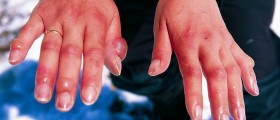

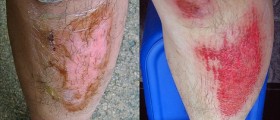


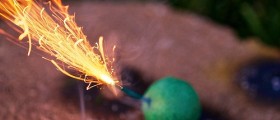
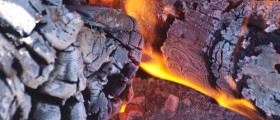
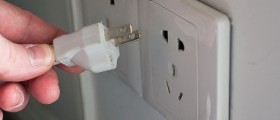


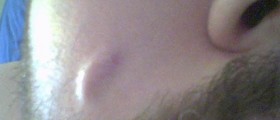
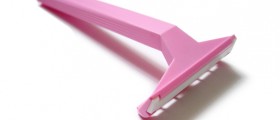
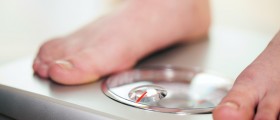

Your thoughts on this
Loading...